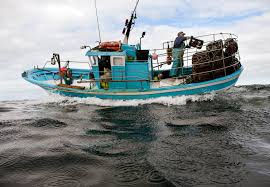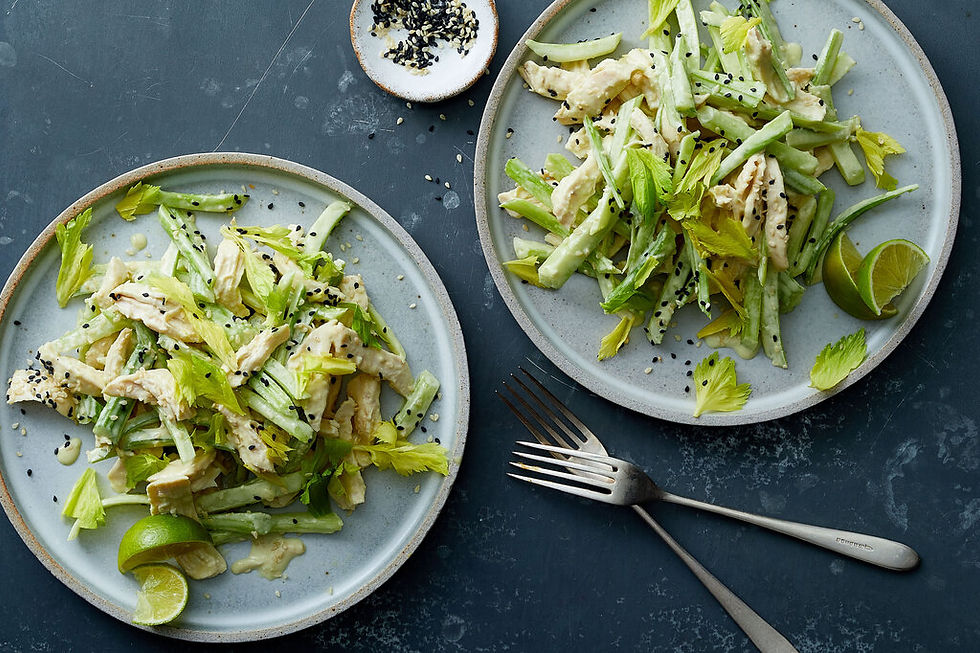Scrambled eggs
- rosemary
- Jan 11, 2022
- 6 min read
"Scrambled eggs are eggs at their most egalitarian: socialism in inexpensive, edible ovoid form." Tony Naylor - The Guardian


Life is full of tiny coincidences. There are three components to this one - the fact that my son and family have recently been holidaying in Spain - the fact that the lucky dip book that David chose for me yesterday is this one - Robert Carrier's Great Dishes of Spain - and remember they have been splurging on Michelin starred lunches throughout their trip, and finally in the book that I am currently reading - the extraordinary Ducks in Newport by Lucy Ellman which I was reading this morning over breakfast - she writes of some scrambled eggs she ate in a bus station café:
"I've ben trying to recreate those Kentucky or Tennessee eggs ever since whenever I make scrambled eggs, but you really need a great big short-order griddle plate, ... I can remember exactly how he did it, but it took about one second, none of this stirring and stirring ... that's no good .. it's gotta be really fast, just on and off, in a bus station in the middle of nowhere and they come out just right" Lucy Ellman - Ducks, Newburyport
To explain why this last is a coincidence - the page I turned to in Robert Carrier's book featured two recipes for scrambled eggs (hues revueltos - which sort of sounds like revolting, which scrambled eggs definitely are not) - one with chorizo and one with tuna. And finally I notice that back there I was beginning statements with 'the fact that' which is a major feature of Lucy Ellman's book. It is an extraordinary book because virtually all of it is written with no full stops - a continuous stream of random thought punctuated by the phrase 'the fact that'. It's very daunting and moreover it is a huge book, but once you get used to it, it is really, really good.
But I'm not here to talk about literary innovation today but about scrambled eggs. Initially I was going to just stick to Robert Carrier's two recipes and I will come to them, but then I decided to look into scrambled eggs themselves. I have to say that for a start everyone's idea of what the perfect scrambled eggs are obviously depends on individual taste.

Felicity Cloake of course, takes you through some of the variations as does Tony Naylor, although he is more about how to eat them than how to cook them. I have to say that Felicity Cloake's perfect scrambled eggs, as shown here, look actually pretty revolting to me - far too runny. More in what I have now discovered is the French style, first introduced by Escoffier I believe, and demonstrated here by Heston Blumenthal no less. Well it's a somewhat precious way of doing things and can produce a somewhat runny result, although this is surely just a matter of how long you cook them for.
Yes it's a bit poncy but I have to say the end result looks pretty good. And there were a couple of little tips in there - stupid I know but best to crack your eggs on a flat surface - that way there is less chance of getting bits of eggshell in your eggs - and he also showed you how to make beurre noisette - again, stupid I know but you skim off the frothy bit. I don't think I had realised that you did that. Anyway this is scrambled eggs to impress - with smoked salmon - and not your quick breakfast or sad meal for one.

Whilst we are on creamy take Bill Granger's version - this particular one is from his latest book Australian Food. I did find a video but it actually didn't really you show how he did it. Several writers praised his scrambled eggs to the skies. Apparently The New York Times described them "as light as the breath of an angel". Which is praise indeed. Felicity Cloake didn't like them though:
"Thanks to all that cream, the eggs are pale, and I regret to admit I'm disappointed by them; they're heinously rich, without tasting of much but cream, and I find their famous lightness of texture more akin to an egg mousse than anything I'd trust myself with when I was feeling a bit delicate. Maybe things just taste better in the sunshine."
Bill Granger is not alone in adding cream though - Heston did and Gordon Ramsay - the other apparently top maker of scrambled eggs puts crème fraiche in his and has the rather unique method of heating it a bit on a high heat, taking it off for a bit, putting it back, and so on, whilst stirring all the time. See below:
Rather usefully Jamie demonstrates three different ways of doing things - British, French and American - with the American approximating those bus station ones described by Lucy Ellmann. And I think, of those three, my favourite.
I also found a video of Delia Smith doing her thing, but I'm not allowed to post the actual video. If nothing else all of those videos are worth watching just for the complete difference in style between them all.
The main bones of contention seem to be whether you season the eggs as you cook, well before you cook really, whether you add milk, cream, crème fraiche with some declaring that you should leave it to the end because it makes eggs too wet and others adding it all at once. Gordon Ramsay just puts his eggs whole into the pan and mixes them as he goes. So many, many ways of doing something as simple as scrambled eggs - eggs cooked with butter over heat until they sort of curdle.
And the final thing is whether you put the eggs on the toast or by the side. Soldiers are even suggested here and there. I always eat them on the toast but now that I have read this from Tony Naylor I see that I may have been wrong all along:
"On toast - Or, to be more precise, by toast, to the side of toast, adjacent to toast, because you should never serve scrambled eggs on the toast. If those eggs are to any degree wet, they will leave your toast soggy. Even if your eggs are coated in nothing but a glossy, buttery sheen, there is a danger that trapped steam will render your toast a sloppy, spongy mess. Warm the plate and serve the toast neighbouring the eggs." Tony Naylor - The Guardian
After all that you could do worse than checking out Australia's Nagi of Recipe Tin Eats, who has a very comprehensive recipe for rather perfect looking scrambled eggs. There's a video too - a quick and simple one - no person presenting, just hands showing you what to do.
But back to the original instigator of this post - Robert Carrier's two Spanish versions. First there is the chaffier one which he calls Sea scramble of grilled tuna and eggs, but whose Spanish name - Huevos revueltos con atún is probably more authentic. I put this one first because he has quite a nice little story about it:

"On a blustery March day, on the Costa Brava, I watched three hardy Spanish fishermen, tightly wrapped against the storm, launch their boat straight off the beach into the sea to catch me some lunch. The water frothed in tiny clipped wavelets against the prow as the boat set off from shore driven by the sharp wind. I was sure that unless they were visiting their nets for tiny red mullet, chanquetes or a lucky catch of baby bonito, lunch for me that day would be limited to this-sliced escalopes of milk-fed veal, pan-seared with baby artichokes - not a bad thing, but the boys had promised me fish.
I was in luck; the boat soon came back and I had tuna, lightly grilled, then flaked and 'scrambled' with eggs, whipped to a froth, cooked in 2 tablespoons of olive oil with a tablespoon or two of finely chopped onion, garlic and diced roasted peppers."
There is a full recipe after this, but really that last paragraph tells you all. When I looked up this recipe on the net I have to say that the majority used canned tuna.
As to the chorizo version - well how trendy is that - and here are two slightly fancy versions:
Chorizo and scrambled eggs from delicious. UK and Chorizo and scrambled eggs brunch - Nigella Lawson/Spanish Chorizo Consortium

Robert Carrier's version was rather simpler and consisted of just cooking the chorizo slices until "it begins to 'frazzle'" then stirring in the eggs to scramble them. Whilst the eggs rest on a plate for a moment, some cubes of bread are fried in the oil to give crisp croutons to put on top. There was no picture but it might look a bit like this.

Then there's Scotch Woodcock - but that's for another time. With a name like that it deserves its own place in the sun.







Comments